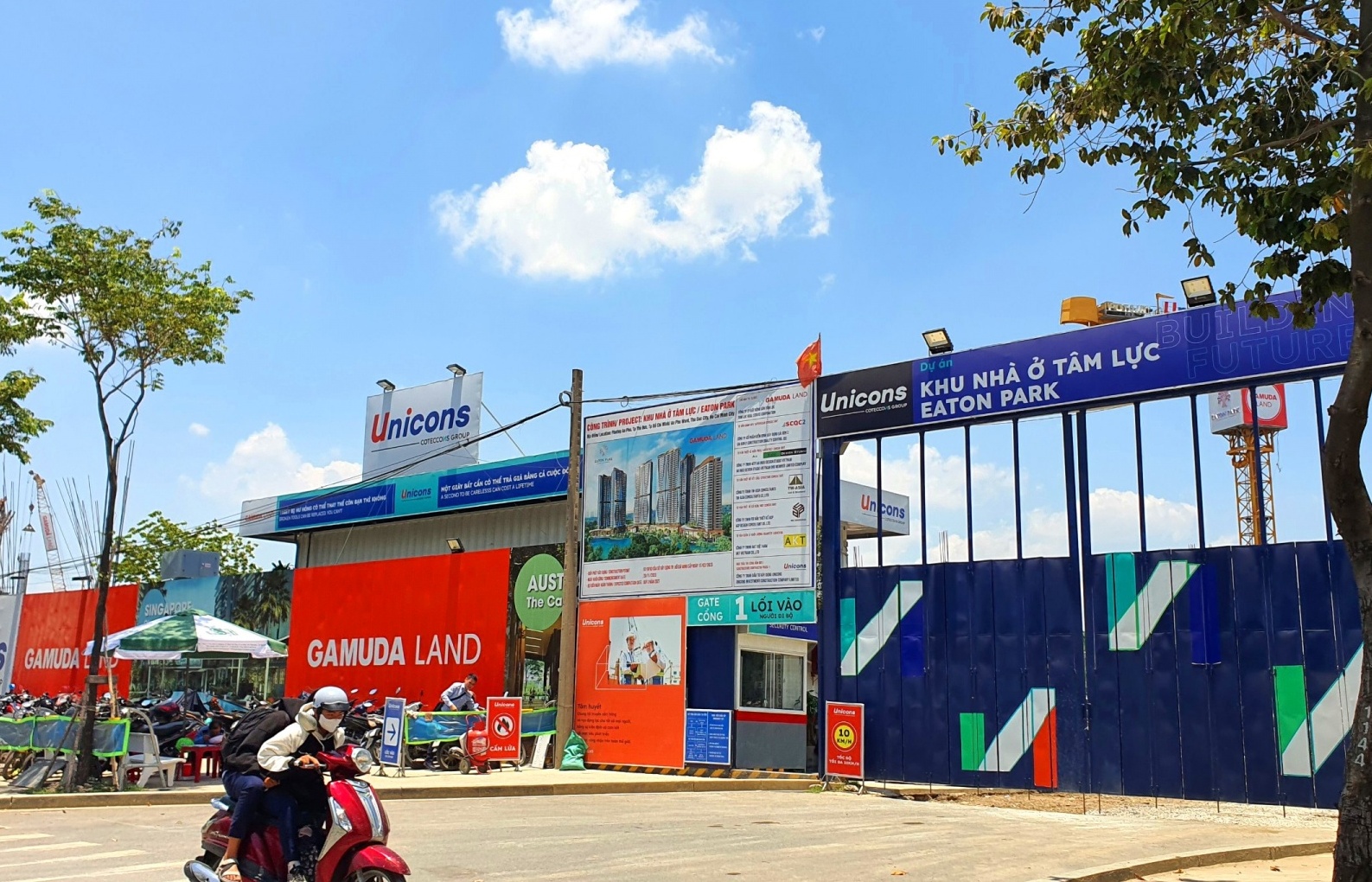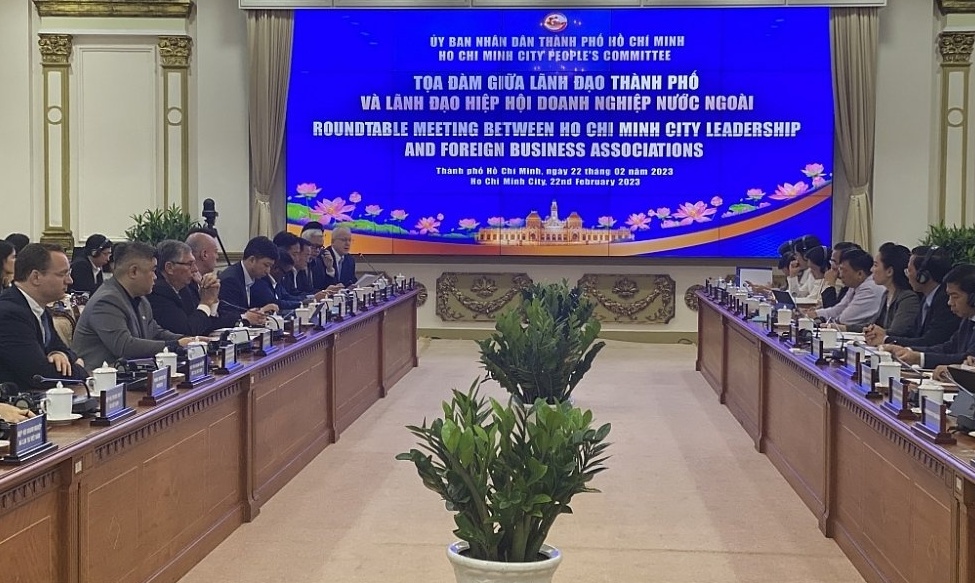Equitisation yet to display foreign pulling power
The equitisation of Vietnam’s state-owned enterprises needs to be polished to catch the eyes of foreign investors.
 The million dollar question is will the high-profile IPOs catch foreign investors’ imagination? |
According to the Ministry of Finance (MoF), more than 3,200 SOEs had been equitised by the end of 2006 while there remain 2,200 SOEs with total capital of $31 billion, equivalent to 31 per cent of the country’s GDP. More than 70 large SOEs are to be equitised by 2010.
Scriven said during the pilot equitisation period 1992-2002, only 10 per cent of state equity at equitised SOEs was sold to the public. “Any state-run business that holds more than 30 per cent market share should be defined as having monopoly and be prioritised for equitisation,” he said.
In addition, Vietnam has not made any auditing commitments with international firms, a practice that accurately monitors the equitisation process.
“In a transition economy like Vietnam’s, in equitisation the first step taken is the incorporation of the state enterprise into joint-stock company that would allow a sale of shares instead of assets,” said Jose Isidro Camacho, vice chairman of Credit Suisse Asia-Pacific.
Camacho noted any successful equitisation or privatisation programme had to be accompanied by related market reforms that allowed the new owners to operate profitably while at the same time ensuring the protection of public interest.
“The transfer of ownership to the private sector helps develop domestic capital markets, with some of the largest enterprises being made available to the public, particularly in sectors where significant capital resources are needed to meet demand.
“In the case of divestment of state monopolies in public utilities, the regulatory structures, including the rate setting methodologies, must be clear in order to protect the public and new investors,” he said.
In addition, Camacho highlighted, transparency, clarity and predictability were essential for attracting serious investors, maximising valuations, gaining public acceptance and avoiding roadblocks not only prior to but after the divestment process.
Major state corporations including Vietcombank, Military Bank, Bank for Investment and Development of Vietnam (BIDV), MobiFone, VinaPhone and Viettel are expected to launch initial public offerings (IPOs) over the rest of the year or early next year,
It is common consensus that Vietnam’s equitisation is on track, but some experts at the seminar claimed the timing of IPOs should be considered more carefully for the Vietnamese state’s greatest benefits.
“An IPO is neither the only approach nor the first step in transforming the ownership of SOEs,” said Scriven.
Pham Quang Dung, Vietcombank deputy general director, said post-IPO equitisation would enable a company to focus more on its IPO, but would not allow it to capitalise on the support of strategic investors. However, he said, a pre-IPO equitisation allows a firm to focus on the selection of strategic investors who will support it in restructuring for a successful equitisation.
Some experts claimed the use of the average IPO winning bid price as a benchmark for selling shares to strategic investors was a discouraging policy.
Scriven said SOEs should be evaluated by professional financial companies and rating institutions to establish credible market prices.
“In addition, each SOE should choose an advisor who will help it find several potential strategic investors and organise an auction among them. The winning bid at the auction should be also the price for the public.
“Through this method we can fix both the prices and the number of shares for the public, thus ensuring the IPOs success,” he said.
“I’ve recently heard that there is a company selecting as many as 19 investors as its strategic shareholders. This means it has 19 different business strategies,” Scriven added
What the stars mean:
★ Poor ★ ★ Promising ★★★ Good ★★★★ Very good ★★★★★ Exceptional
 Tag:
Tag:
Related Contents
Latest News
More News
- The promotion of ESG via banking (November 21, 2024 | 09:32)
- Standard Chartered committed to Vietnam’s financial success (November 21, 2024 | 09:24)
- Full ESG adoption the priority for Agribank (November 21, 2024 | 09:07)
- Banks entice youth with tech advances (November 21, 2024 | 08:00)
- ESG represents a shift towards sustainability for banks (November 20, 2024 | 13:00)
- GGGI supports Vietcombank’s debut of $80 million green bonds (November 20, 2024 | 11:20)
- SHB and the ESG journey: creating social value in every step (November 19, 2024 | 15:00)
- Banking sector contributes to ESG, green growth, and sustainable development (November 19, 2024 | 14:42)
- ESG implementation in banking: from awareness to action (November 19, 2024 | 12:08)
- VIR hosts 'ESG in Banking: Leading Through Implementation' conference (November 19, 2024 | 11:14)


























 Mobile Version
Mobile Version